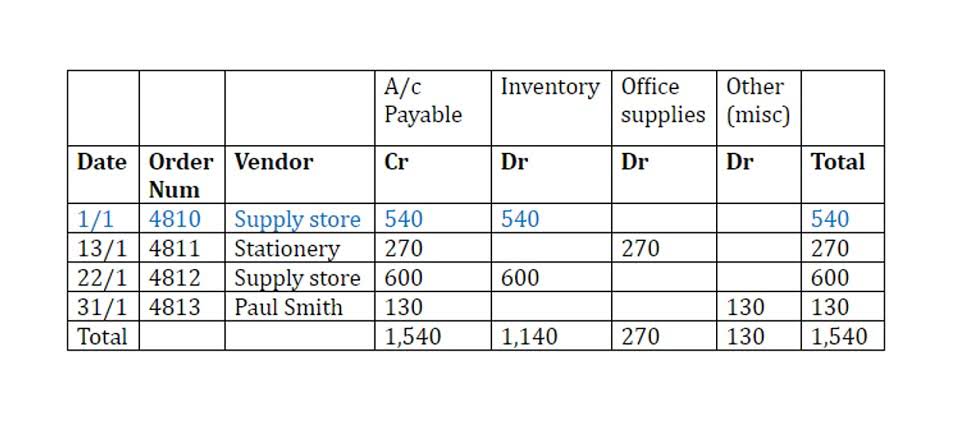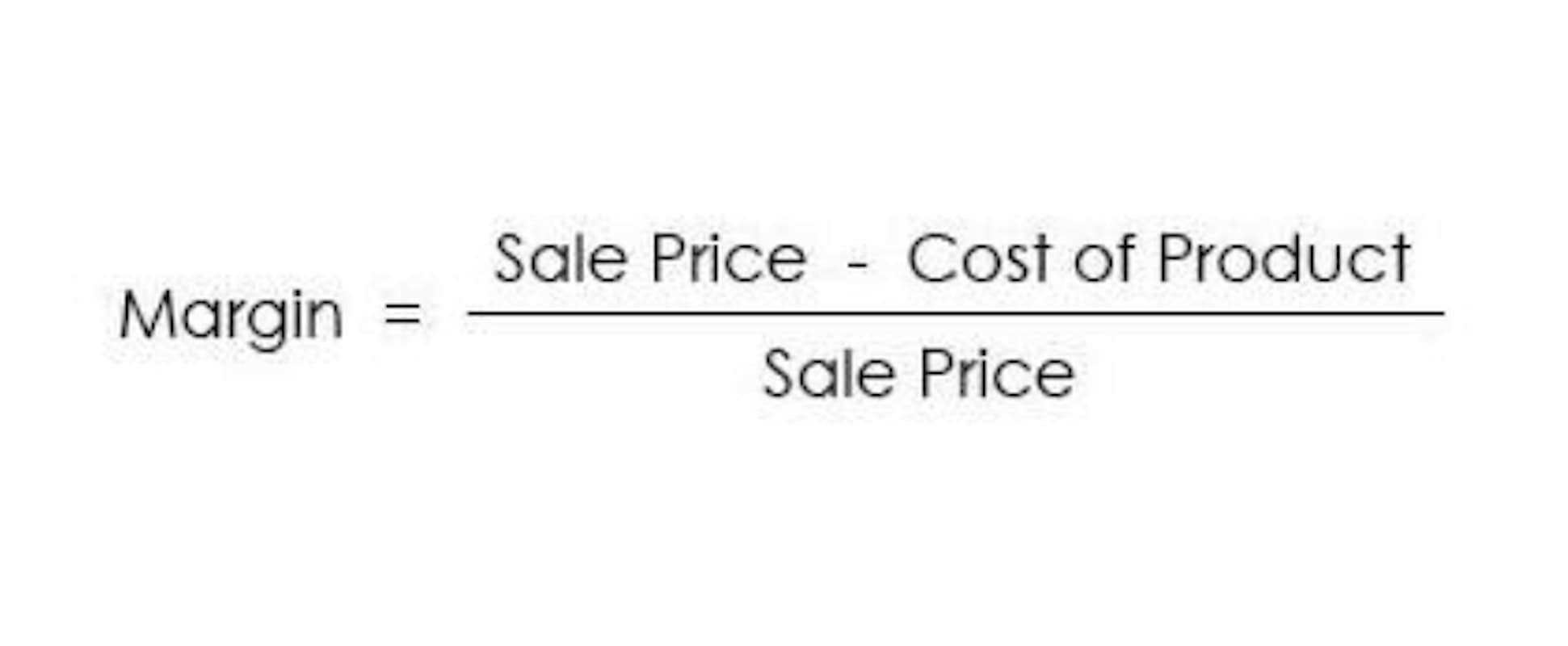
Understanding the true performance of your business involves looking at all real expenses. Cash flow is a better metric for you to understand what you put in your pocket every year. Interest expense of $3,181 was completely added back because a new owner will have their own capital structure. Removing interest allows Catch Up Bookkeeping for an apples-to-apples comparison between companies.

Example Calculation of EBITDA
These margins can be compared to those of competitors like Lowe’s to measure the relative operating efficiency of the businesses. Lowe’s recorded net sales of $83.67 billion for fiscal year 2024 and an EBITDA of $13.48 billion for an EBITDA margin of 14.73% for fiscal year 2024. Lowe’s might be more attractive to an investor because of the higher EBITDA margin. Consider Home Depot’s Form 10-Q for Q4 2024, which reflects the entire 2024 fiscal year.
The Enterprise Value (EV) / EBITDA Multiple Calculation
These noncash expenses reduce profits on paper but don’t actually take cash out of your pocket. EBITDA measures earnings without the impact of interest, taxes, debt costs, and the non-cash items depreciation and amortization. Earnings before tax (EBT) reflects how much of an operating profit has been realized before accounting for taxes, while EBIT excludes both taxes and interest payments. EBITDA, short for earnings before interest, taxes, depreciation, and amortization, is an alternate measure of profitability to net income. By excluding them, EBITDA offers a consistent measure of operational performance across different tax environments, which is particularly useful for multinational corporations.

EBITDAR
By focusing on earnings before these noncash expenses, EBITDA provided a clearer picture of their core financial performance. By the 1980s, EBITDA became the go-to metric, especially for investors trying to turn struggling companies around. In summary, each financial metric serves a specific purpose and tells a different part of the company’s financial story. EBITDA, with its focus on operating performance, is a particularly useful tool for gauging the ongoing profitability of a business. However, to gain an accurate and comprehensive financial review, it should be utilized alongside other tools like net income, cash flow, and operating income. Remember, the concept behind EBITDA is to measure a company’s operational performance excluding financial and accounting decisions such as interest burden, tax environment, and extent of fixed asset utilization.
How to Calculate EBITDA: Definition, Formulas and Examples
Retail businesses what is ebitda may lease or own their store locations, leading to significant differences in interest and depreciation expenses. These industries often require significant investments in infrastructure, leading to high depreciation expenses. For example, a company might exclude the costs of a major restructuring or a significant legal settlement to show its normal operating earnings. Even a company with strong EBITDA may face significant financial challenges if its cash flow is poor. Finally, you’ll discover other measures of earnings used by buyers, how they affect the value of your business, and how to increase that figure for a more favorable valuation.
🙋 What is EBITDA?
From the table below, we can see that the earnings before the interest, tax, depreciation and amortization level of Apple Inc. in dollar terms have been growing, which is a positive sign for any company. Now let us take the real-life earnings before interest, tax, depreciation, and amortization example of Apple Inc.’s published financial statement for the last three accounting periods. In the hospitality industry, EBITDA is commonly used to assess the performance of hotels and restaurants. These businesses often have high fixed costs and variable tax rates depending on location. This adjustment is important for investors and analysts who want to understand the sustainable profitability of a business. Additionally, EBITDA is less affected by non-operational factors, providing a more accurate reflection of a company’s true operational efficiency.


While EBITDA has its limitations, it remains a widely adopted tool for assessing financial health, comparing companies across industries, and making more informed business decisions. Let’s explore its significance for different stakeholders and see how it contributes to understanding a company’s overall financial position. Operating cash flow is considered to provide a more accurate picture of a company’s ability to generate cash to maintain and grow its operations. It provides a deeper understanding of a company’s liquidity and operational efficiency when compared to EBITDA.

For the second company the “adjusted” EBITDA also corresponds to the uncleaned one, as it did not register either extraordinary revenues or extraordinary expenses in the financial year. EBITDA is a metric that may help investors and others gain valuable insights into a company’s performance. Free cash flow and operating cash flow should also be considered to understand a business’ true profitability and performance. Ultimately, EBITDA remains a valuable tool for investors hoping to ascertain the equity of a business.
- As discussed earlier, EBITDA helps you analyze and compare profitability between companies and industries, as it eliminates the effects of financing, government or accounting decisions.
- While it provides valuable insight into a business’s profitability, it doesn’t give a complete picture of its financial health because it overlooks important costs like interest and taxes.
- Bankrate.com is an independent, advertising-supported publisher and comparison service.
- Earnings before interest, taxes, depreciation, and amortization (EBITDA) measures a company’s profitability from its core business activities.
As a result, it’s often preferred for evaluating companies with significant investments in fixed assets or those financed by debt. Business owners can use EBITDA to get a clearer picture of their company’s operational performance and profitability. Since this metric focuses on core business activities, it’s an cash flow especially useful way to understand what works and what doesn’t. Business owners can leverage this key information to identify areas for improvement within their day-to-day operations. Operating cash flow (OCF) serves a different purpose than EBITDA and provides distinct insights into a company’s financial health.
